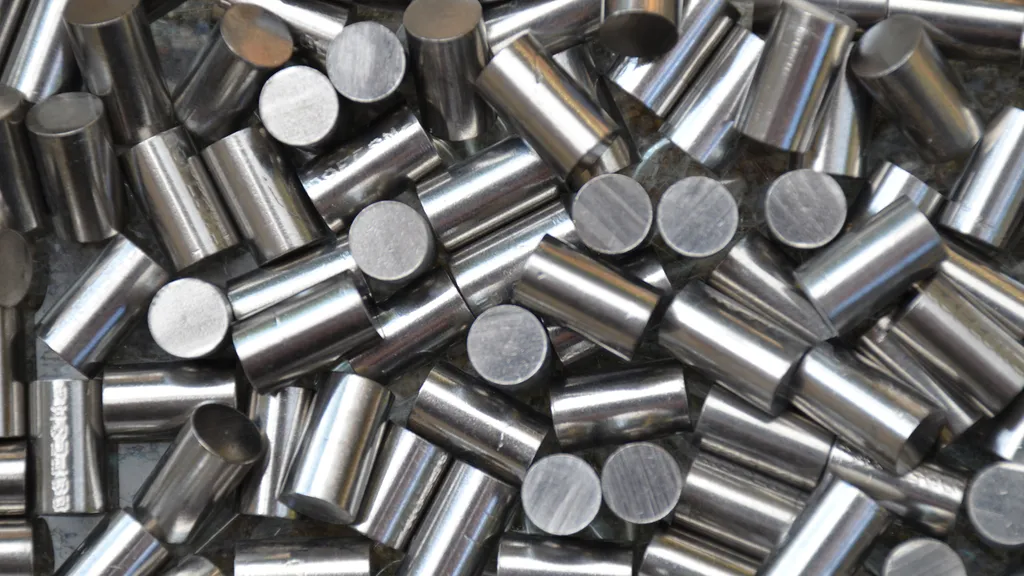In the heart of Pyongyang, researchers have been diligently working to optimize the hot working processes of a unique low nickel stainless steel, Cr17Mn17Mo3NiN. This steel, with its promising properties, has caught the attention of the energy sector, where durability and performance under extreme conditions are paramount. The lead author of this groundbreaking research, Gun Song Jang from the Faculty of Materials Science and Technology at Kim Chaek University of Technology, has been at the forefront of this investigation.
The team conducted isothermal uniaxial compression tests under various deformation conditions, ranging from strain rates of 0.01 to 10 s^-1 and temperatures from 950 to 1100 °C. This extensive testing regime allowed them to gather precise true stress–strain curves, which were then used to develop and refine both phenomenological and physical-based constitutive models.
Jang and his team improved the modified Johnson–Cook model using the Nelder function, enhancing its prediction accuracy. Simultaneously, they phenomenologically modified a microstructural-based constitutive model. The results were impressive, with both models showing good consistency with experimental data. However, the microstructural-based constitutive model stood out, boasting an average absolute relative error of just 1.07% and a determination coefficient of 0.9979.
“The prediction accuracy of the microstructural-based constitutive model was the highest,” Jang explained. “This model showed remarkable performance, with a mean absolute error of 1.7 MPa and a root mean square error of 2.5 MPa.”
The implications of this research are significant for the energy sector. Accurate constitutive models are crucial for simulating and optimizing hot working processes, ensuring that materials like Cr17Mn17Mo3NiN stainless steel can be reliably used in demanding applications. As the world increasingly turns to renewable energy sources, the need for durable, high-performance materials becomes ever more critical.
This study, published in the English-language journal *Materials Research Express*, marks a significant step forward in the field. By providing a robust tool for predicting material behavior, it opens up new possibilities for innovation and optimization in the energy sector. As Jang and his team continue their work, the future of low nickel stainless steel looks brighter than ever.

